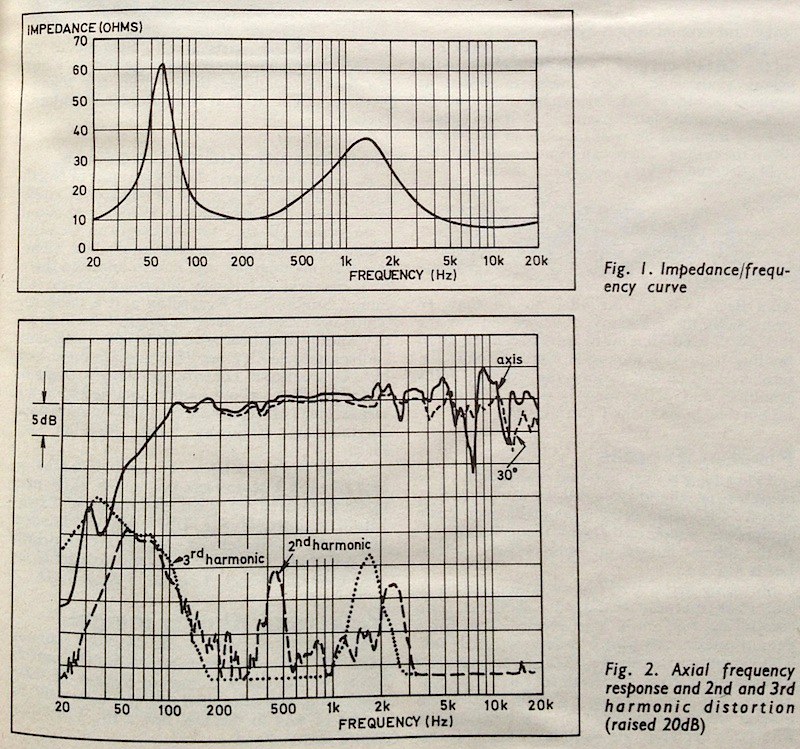toprepairman
pfm Member
I can confirm that the supplier of the baseplates and the ST20 are the same Steve.
He's putting out these ones at below cost price to test the market so buy one now and get a bargain.
The PCB's did indeed come from E.A .,
but there is no other tie up otherwise.
The output transformers are wound exactly as the originals, the only difference being the Iron being of higher quality so resulting in even better bass response, not that the originals were lacking in any way.
I believe there is a 16 Ohm tap available but is not actually used in the current version as would make the switching a bit complicated, (I suspect you could order one to be done with 16 ohm output).
I also believe that he is in negotiations with IAG as they asked him to build the amps for them. They want a product that is 100% UK built.
He's putting out these ones at below cost price to test the market so buy one now and get a bargain.
The PCB's did indeed come from E.A .,
but there is no other tie up otherwise.
The output transformers are wound exactly as the originals, the only difference being the Iron being of higher quality so resulting in even better bass response, not that the originals were lacking in any way.
I believe there is a 16 Ohm tap available but is not actually used in the current version as would make the switching a bit complicated, (I suspect you could order one to be done with 16 ohm output).
I also believe that he is in negotiations with IAG as they asked him to build the amps for them. They want a product that is 100% UK built.


